You can trust Cyclingnews
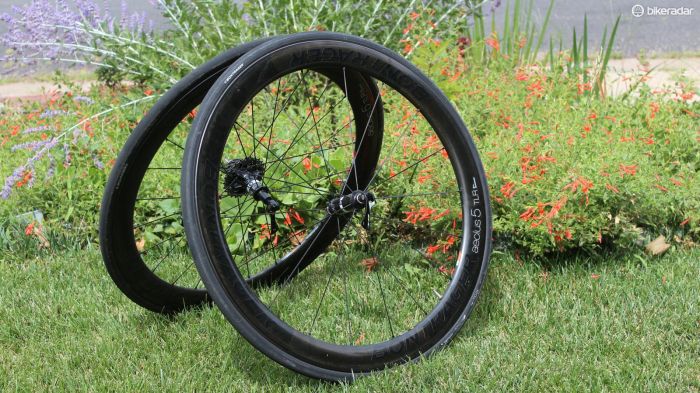
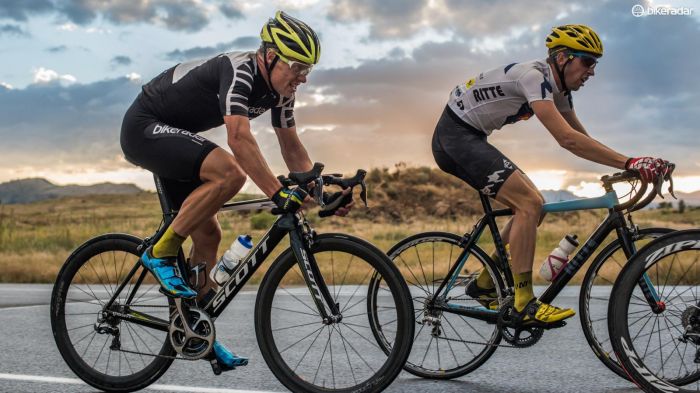
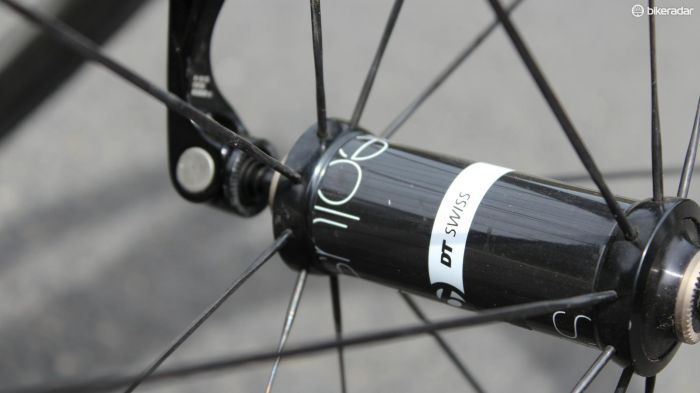
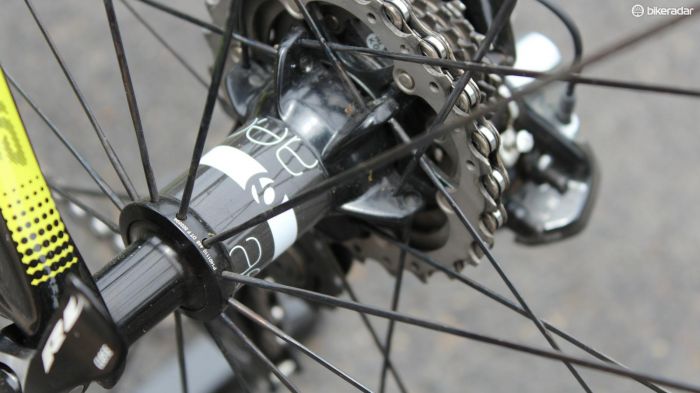
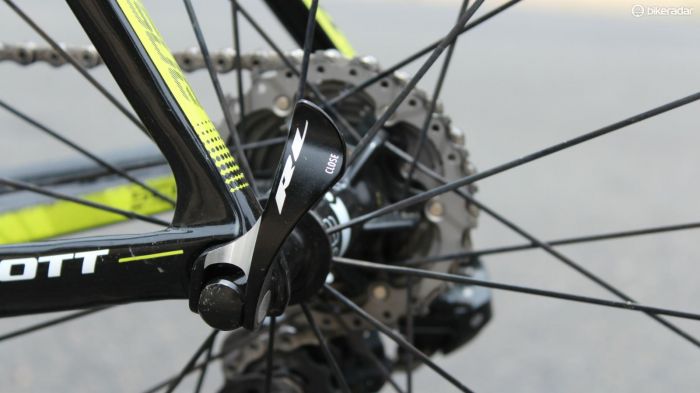
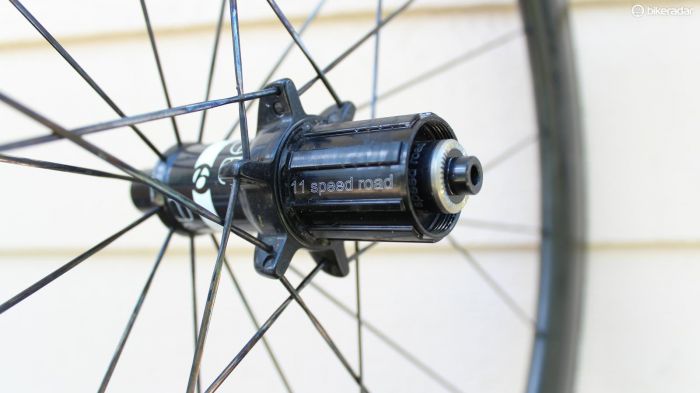
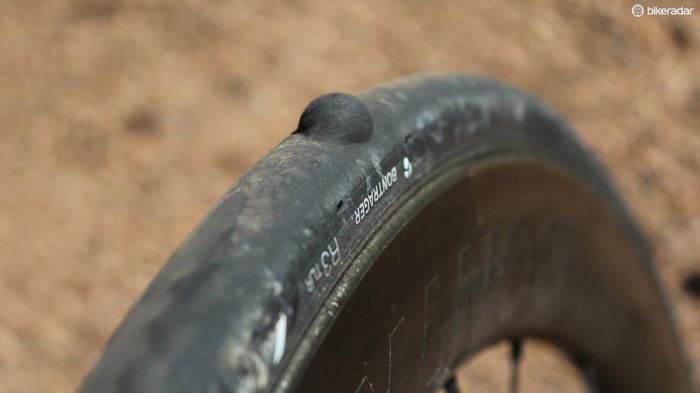
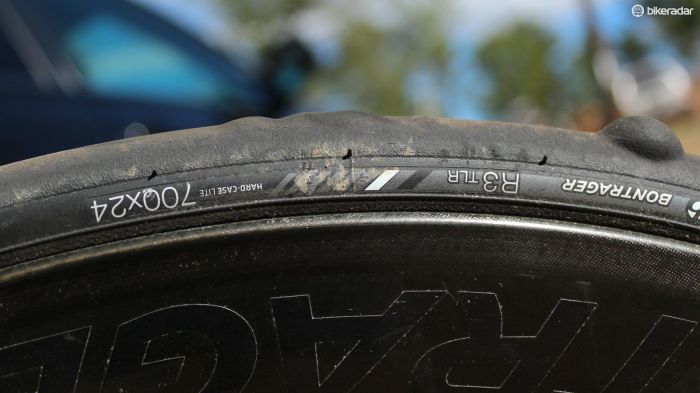
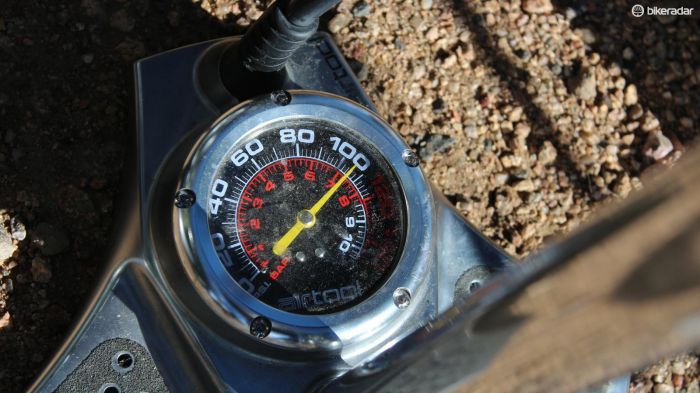
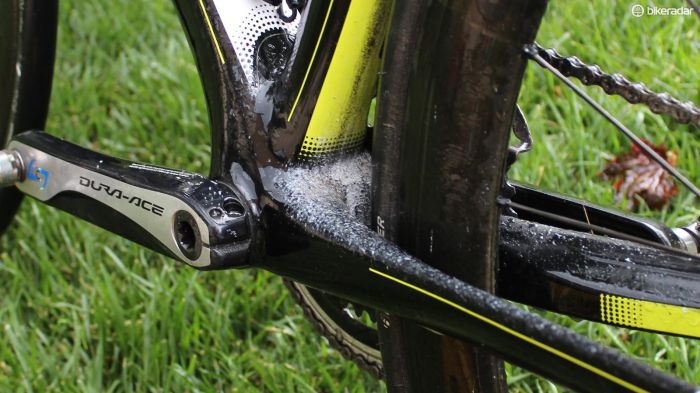
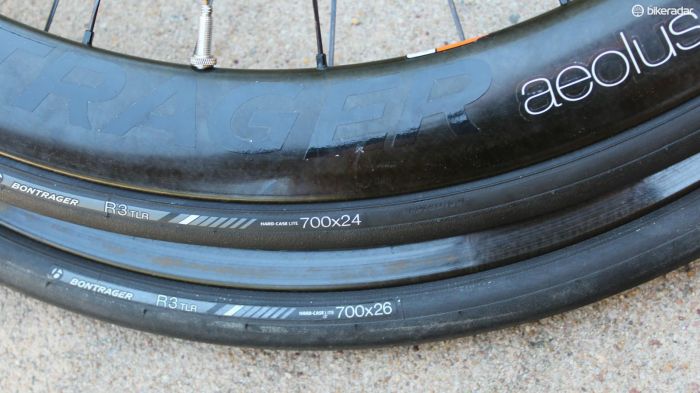
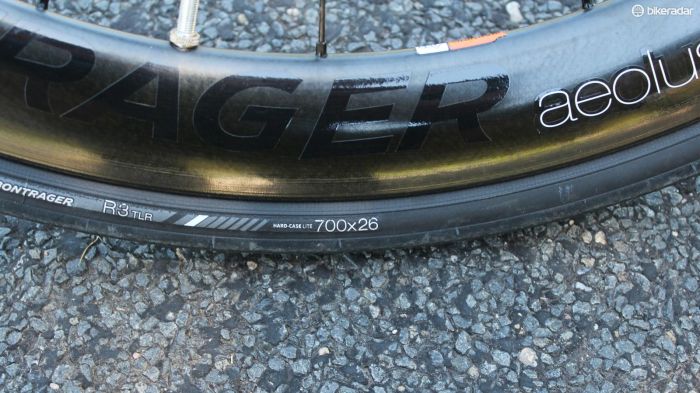
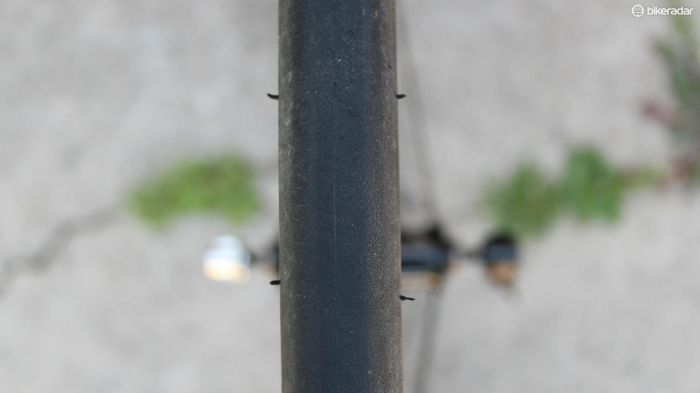
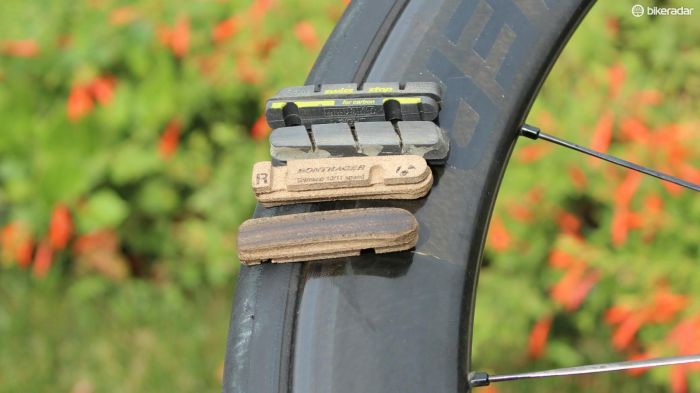
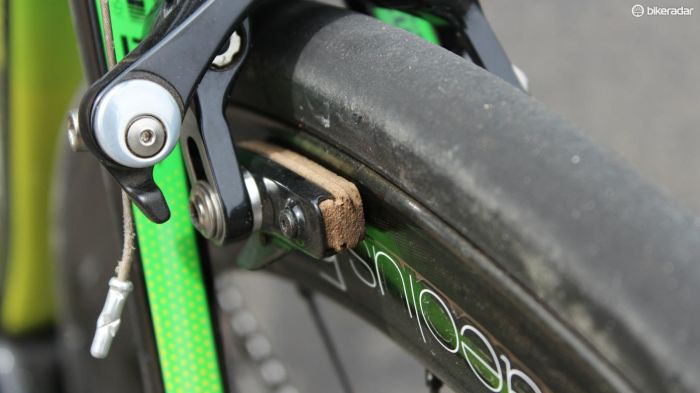
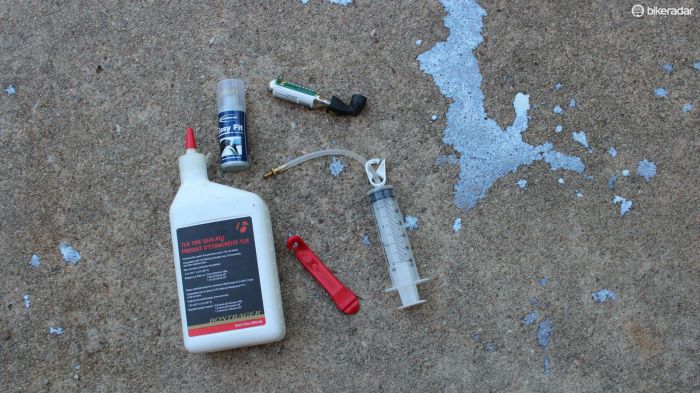
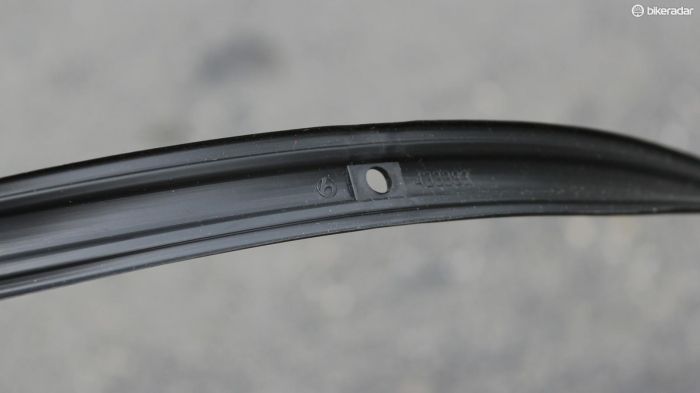
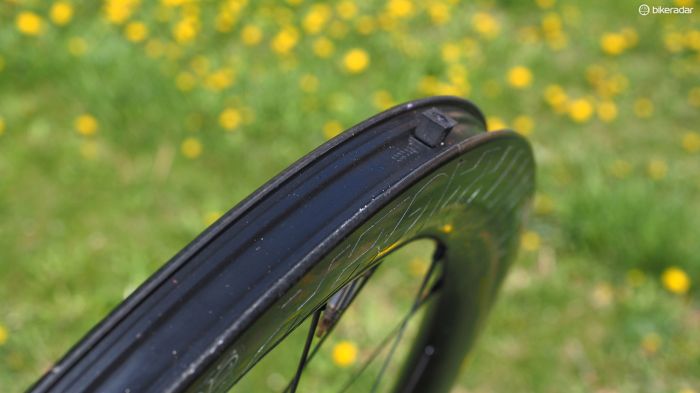
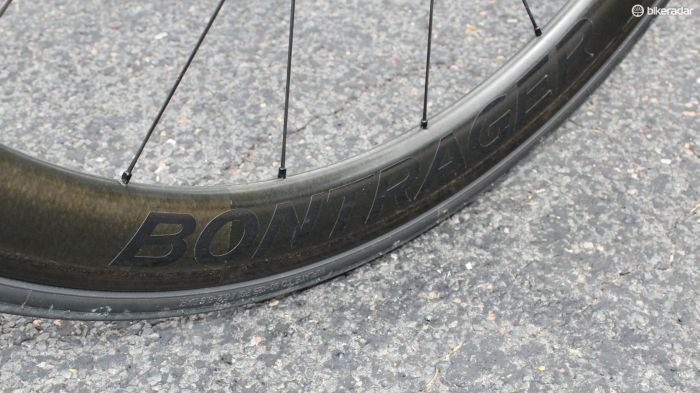
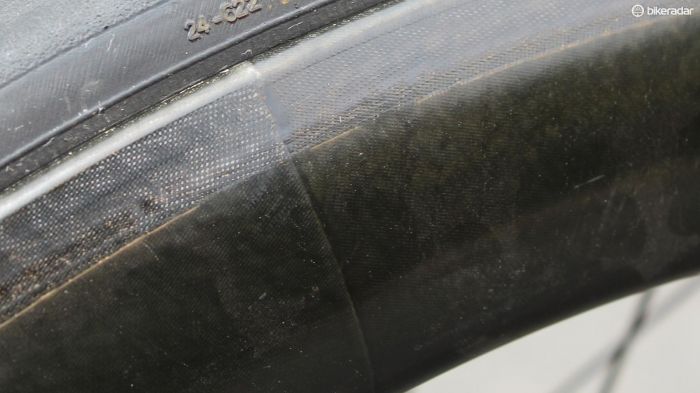
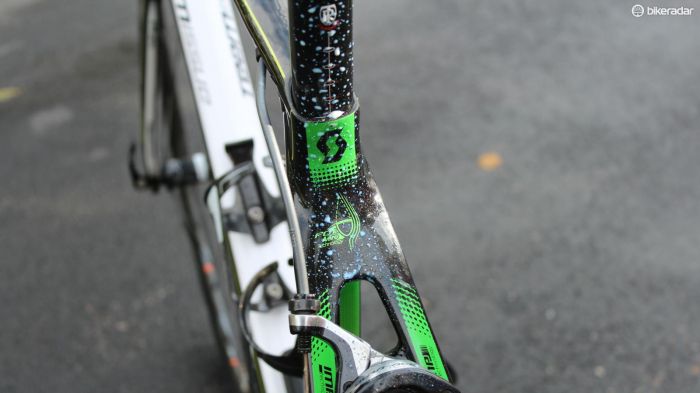
This article originally appeared on BikeRadar
Many big wheel brands now offer aero carbon clinchers, and road tubeless-ready alloy wheels are becoming more commonplace. But tubeless aero carbon clinchers?
That narrow sliver is held now by a very few, including Bontrager with the new Aeolus 5 TLR D3 carbon clinchers or Easton, with its EC Aero 55 hoops. With a wide-stance 19.5mm internal rim width, DT Swiss internals and snub-nosed 50mm carbon rim, the Bontrager Aeolus 5 TLR D3 wheelset has proven fast and durable in our testing, with a good road feel.
Bontrager claims these wheels match the aero performance of Zipp's venerable 404s and exceed that of the 303s. The D3 in the wheels' title stands for-dual directional design, referring to the fact that Bontrager engineers studied how the rim and tyre affect aerodynamics at both the leading and the trailing edge of the wheel.
Our experience with Bontrager's tubeless tyres has been a mixed bag — self-sealing punctures are nice if messy; one tyre casing bubbled up when air escaped the inner chamber — but we will focus first on the wheels themselves, which are generally very good.
- Pros: Fast, stable in the wind, light, good braking, high-quality DT Swiss hubs, durable, wide rims
- Cons: Tubeless system requires new strips for each tyre change and is messy to deal with, cost
- Buy if: You want a single carbon wheelset for everyday riding and racing — with tubeless compatibility
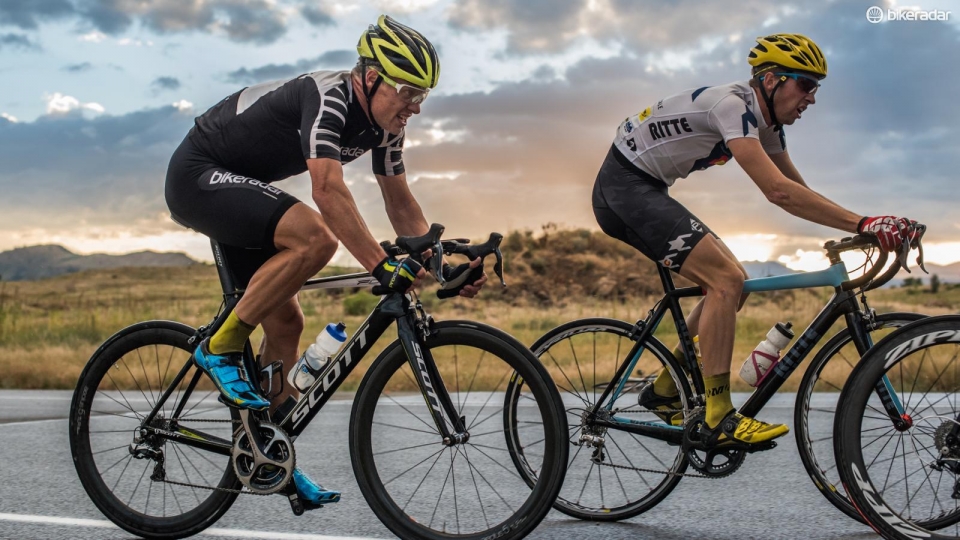
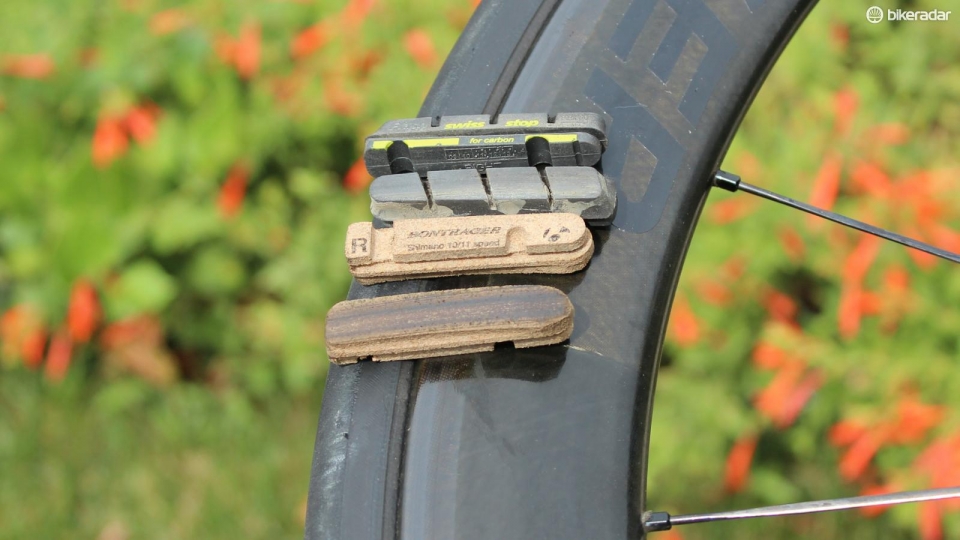
The braking surface is even, without noticeable seams. The cork pads provide a great feel without screeching, but you'll want the SwissStop Black Prince pads for the rain
The wheels come with cloth rim strips for use with tubes and plastic strips for tubeless tyres. As stated above, the tubeless strips add about 45g per wheel, and they also add a bit of a hassle. More on that in a bit. They are pretty easy to install: simply stretch and snap into place, then run a tyre lever carefully around the inside to get the strips fully flush with the inner rim. Installing tubeless tyres isn't as easy as standard clinchers, but for road tubeless isn't too terrible.
Make sure to start opposite the valve (counterintuitive for many roadies), sliding the tyre into the centre channel, then working your way around the last piece snaps into place near the valve. We had to use a lever for the last bit, despite using soap suds. Still, not that bad for road tubeless. The removable valve cores make for easy installation of the sealant, too: just remove the core and squirt in about 30ml.
Inflating tyres — with new strips — is simple. We were able to get six tyres to easily seat with a standard floor pump.
The hassle comes when it is time to change tyres. In rotating through a few different tyres, we were able to reuse a rim strip once out of four times. In addition to dealing with sealant splashing around, you also have to peel the strip out (we used a screwdriver, carefully, to extract the thing), clean the rim, then start again. This is notably different experience than working with Easton's EC 90SL's solid inner rim — no strips required.
Of course, you don't have to run tubeless; the Aelous has this as an additional option to the standard clincher/tube setup.
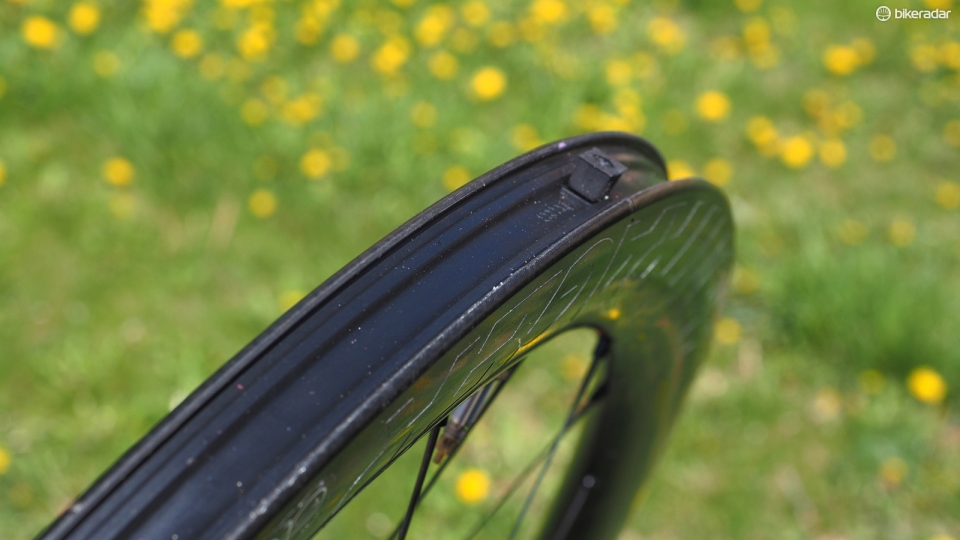
The Aeolus 19.5mm rim with the tubeless strip and valve stem installed
We tested the wheels with Bontrager R3 TLR tyres in 24 and 26mm widths. The 26mm tyres were great for all-conditions riding, from butter-smooth tarmac to rough dirt roads.
We experienced a few punctures over the course of testing, but never had to stop on the road to install a tube. Every time the sealant did its job, filling the hole and solidifying. Towards the end of one long group ride we heard the telltale 'pss-ss-ss' of a puncture, and the group instinctively slowed to the side of the road. By the time we had stopped, so had the air leakage, and the ride continued. Perhaps the best example of 'thank you, tubeless!' relief was riding home from a friend's house in the dark. The same sound of a puncture, then the quick seal, and an unabated happy ride home.
The piper must be paid at some point, though, and with sealant in tyres at road pressure that price is extracted in cleaning time. Sealant sprays out of the tyre, and your frame gets messy, fast.
I did experience one situation where a tyre failed in a funny way. After coming down Pikes Peak in Colorado, from 14,000ft to about 9,000ft, a friend noticed that my rear tyre appeared to have the mumps. Air had worked its way through the inner air retention layer of the tyre and was seeking ways out through the tread. I noticed nothing while riding, but perhaps the sustained braking and resulting heat had something to do with it.
We never experienced any burping or any safety issues with the tyres.
This is a wheel review, and the rating does not reflect the performance of the tyres themselves. Still, we wanted to include our experiences as road tubeless is still fairly new and novel for most riders, and is obviously a notable feature of the wheels.
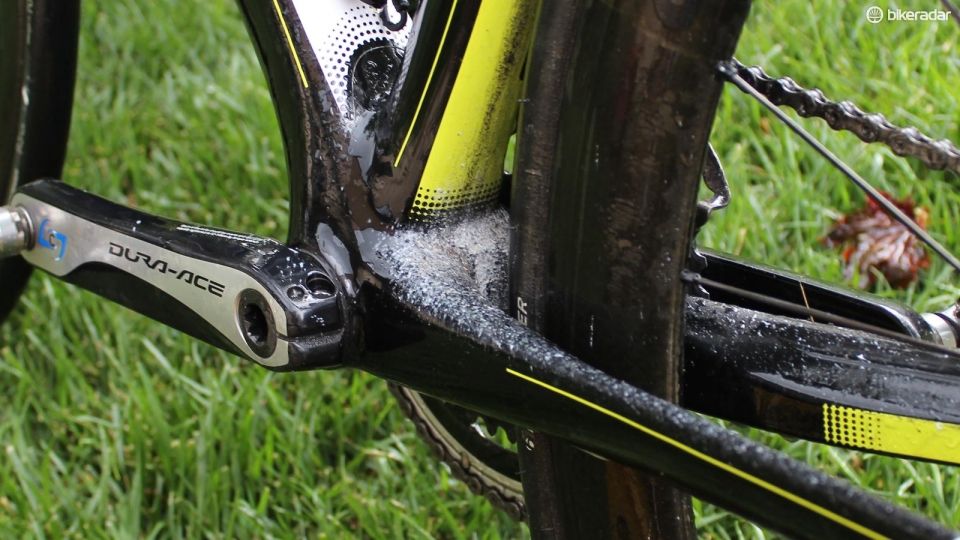
Not having to stop for a flat on the road? Fantastic! Having to clean up the goopy mess from sealant? Less so